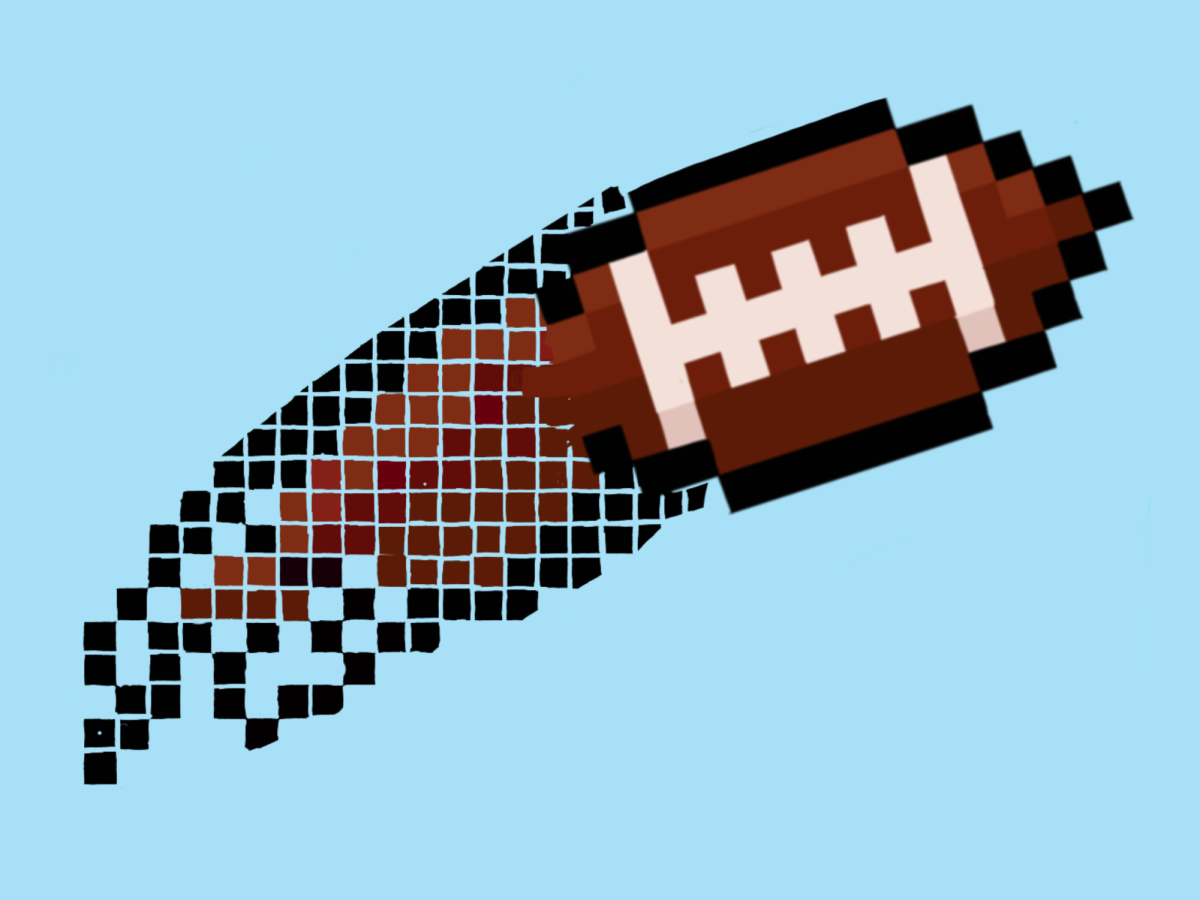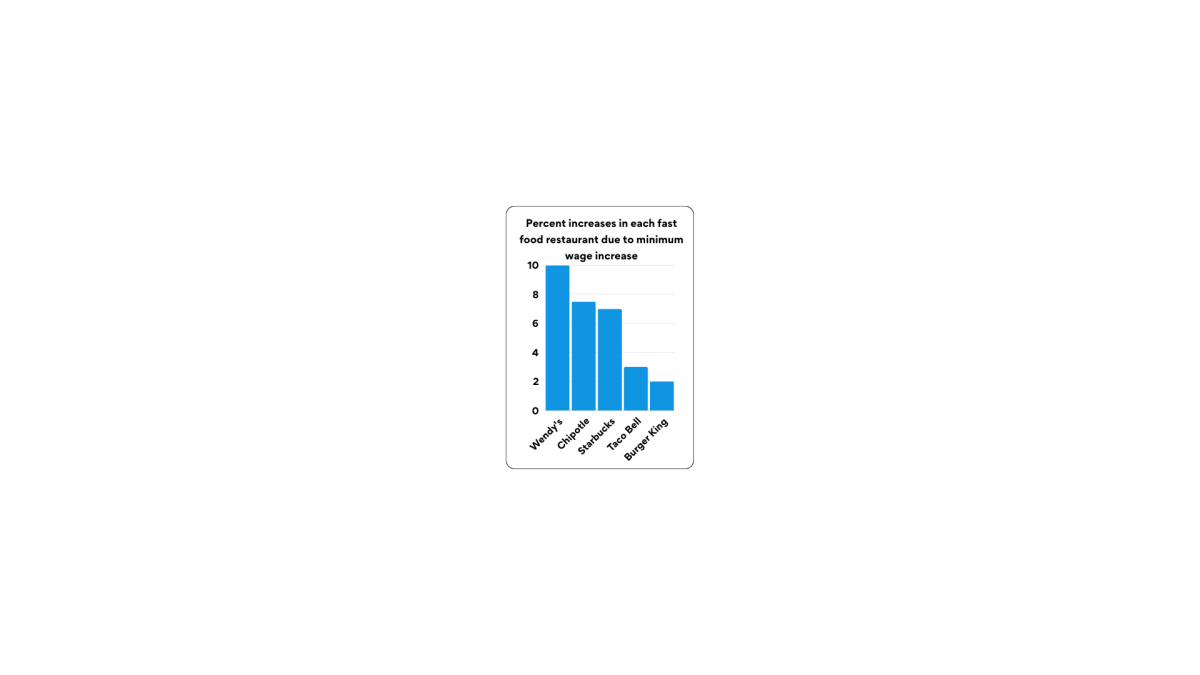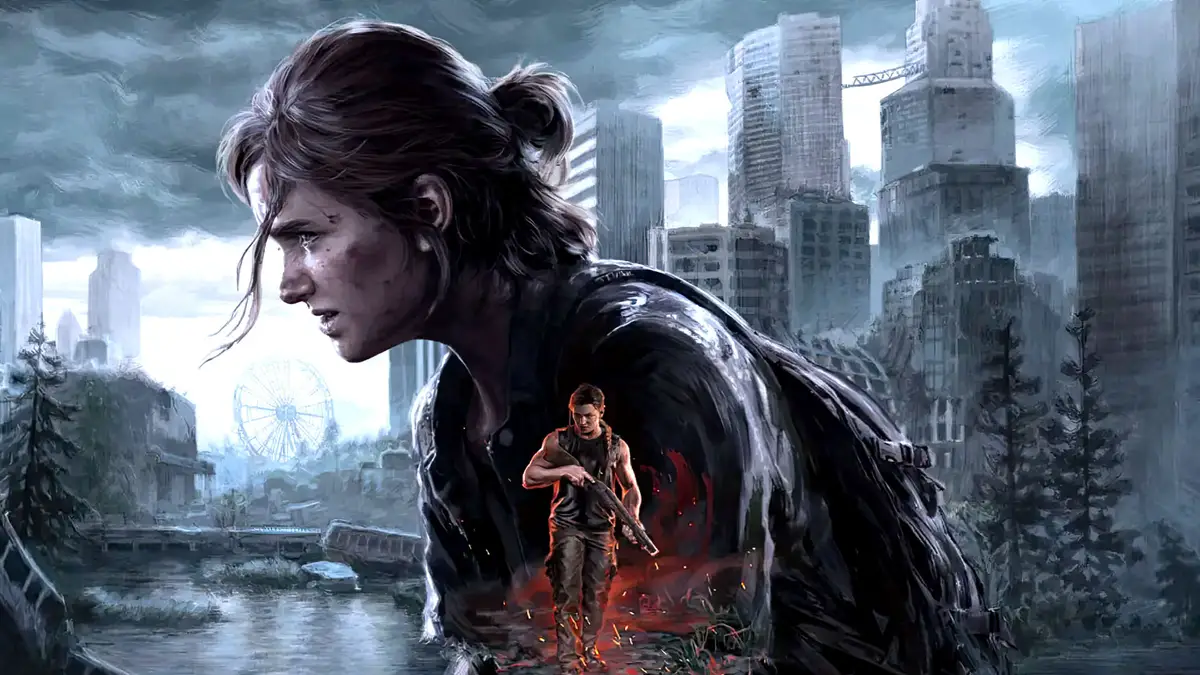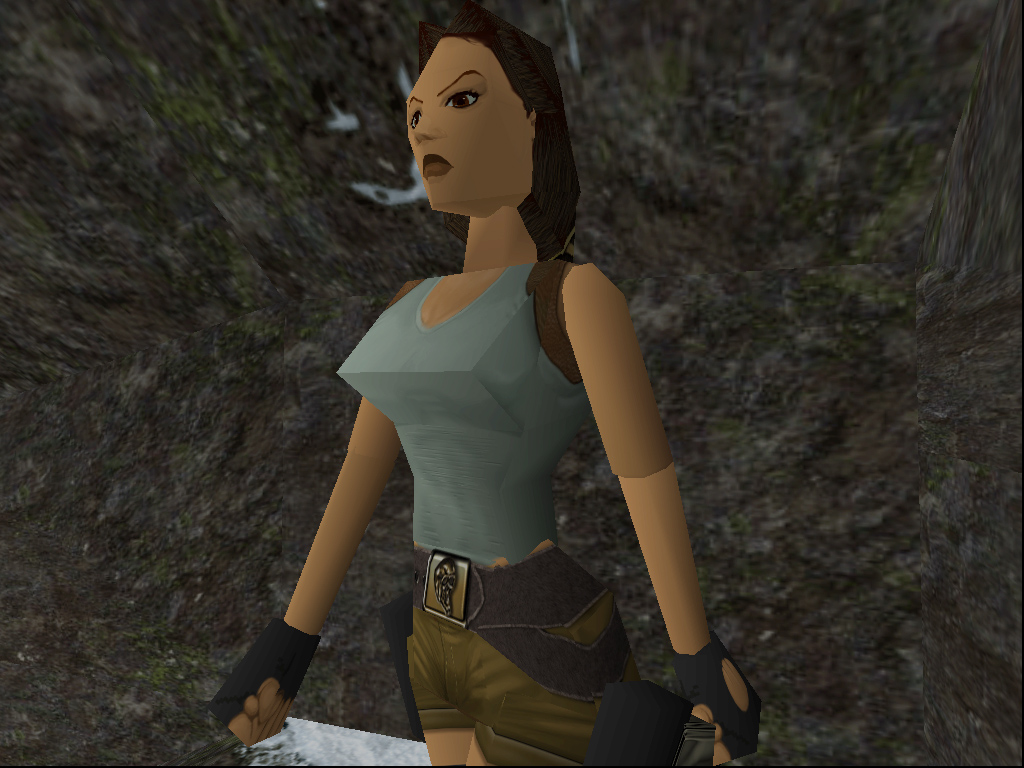When Lara Croft stepped into the world of Tomb Raider in 1996, she became known in the gaming world for two things: being one of the first female video game protagonists and having a big chest.
This sparked decades of conversations about female characters being empowering or sexist. “I think that there are definitely some women in games who are well portrayed, but I think many of them are pretty hypersexualized, even if they’re minors, often wearing skimpy outfits for battle,” freshman Mia Dunstan said.
“They are not always given a personality, they’re more used for creators to say that ‘we have female representation in our games, were not sexist.’” Dunstan points out the argument that female video game characters are designed around a male fantasy, rather than for mobility in their given environments.
There are many examples of this. In the action-role-playing game, Genshin Impact, fans point out that the female characters are unnecessarily sexualized to sell the game. “Women in ‘Genshin Impact’ from what I’ve seen are very sexualized by the fandom even if they’re children,” Dunstan said. The action-adventure game Grand Theft Auto is also criticized for its digital mistreatment of women. In the game, there is a side quest where players are instructed to grope a female stripper without getting caught.
Despite this, there are also many female video game characters that fans believe do not fall under the previous category. “In Splatoon there are a lot of great female characters. They help players save the world,” freshman Nathan Kibre said.
“I think that a really good female character who is very empowering is Aloy from Horizon Zero Dawn. She has a really deep story. She appears feminine, isn’t very constricted by sexism, and has a really great personality.” Dunstan said.
Why does gender representation even matter in video games? “There are a lot of different stereotypes around video games men play and video games women play. It makes it really hard for (women) to get into the game because they can’t see themselves well represented anywhere, relative to men who have more main characters,” said Dunstan. Dunstan voices the argument that the lack of female protagonists adds to stereotypes about the types of games women should play. This leads to intolerance of girls playing games stereotypically seen as boy’s games. “I’ve heard that women don’t want to go on voice chats because a lot of people can be misogynistic there,” says Kibre.
As time passed from 1996, Lara Croft’s character design shifted and she began looking more human as well as swapping her shorts for pants. Did she have a negative or positive impact on gaming culture? Her initial design was arguably sexist. However, her debut showed that women could be strong, independent, and complex, and she proved that video games were not just for boys
























